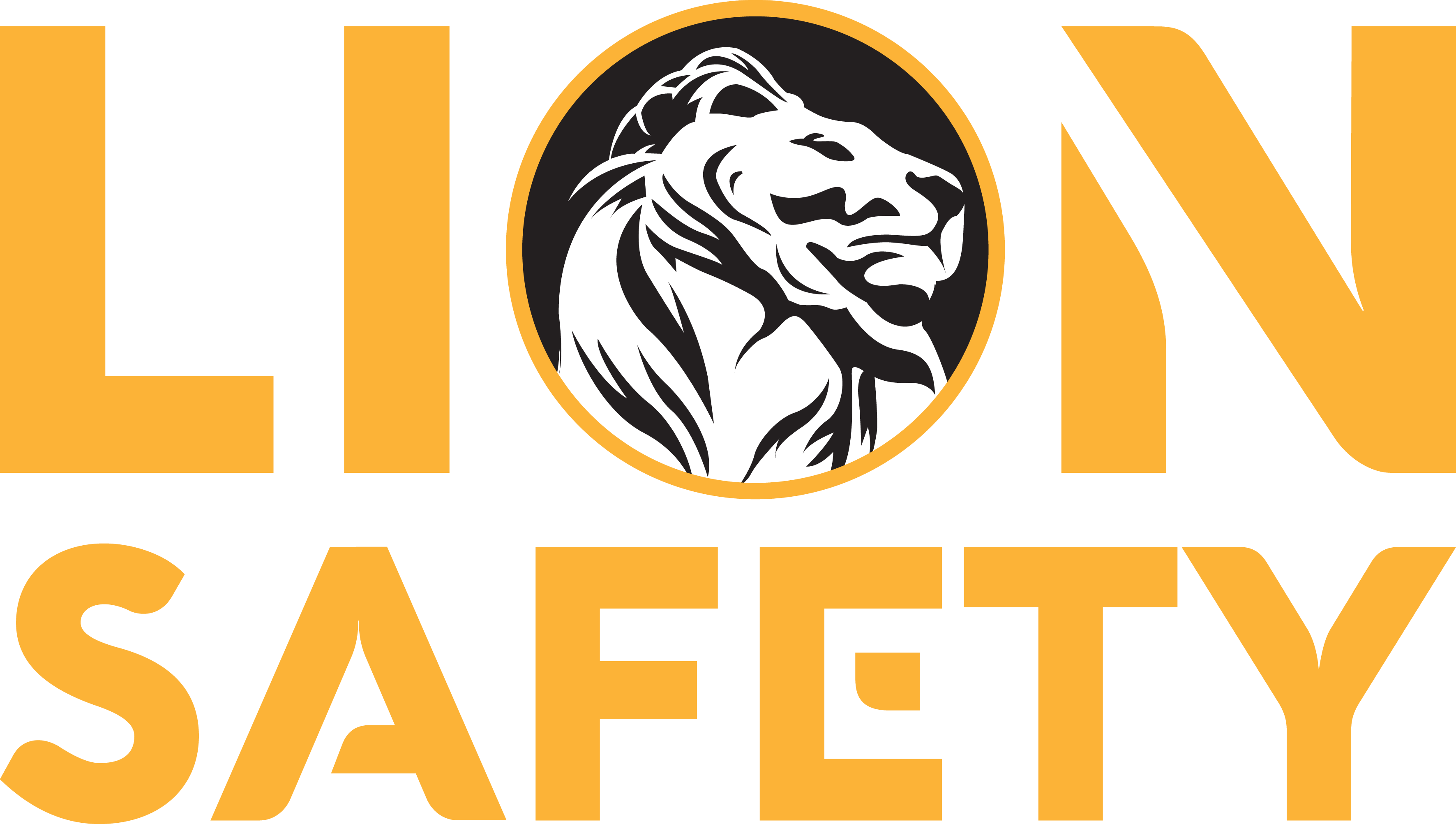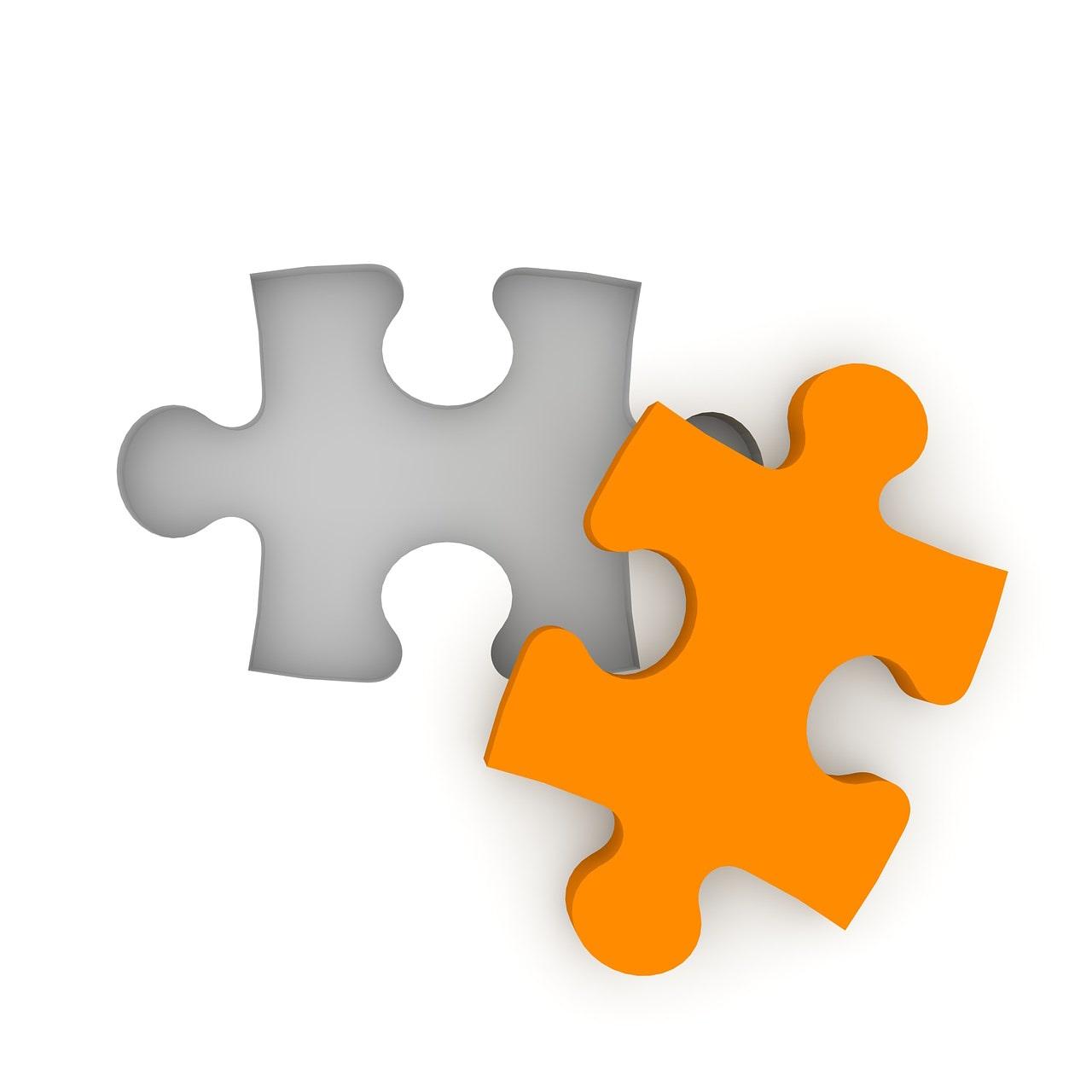Everything you need to know before a proposal meeting with LION
You may or may not have had a proposal meeting with LION before, however, the purpose of this document is to be clear on what a proposal meeting with LION looks like: what happens, what you need to know before booking up the meeting, and what happens after the meeting.
Our proposal meetings are designed to make the best use of all of our time, ensuring that all concerns get addressed and questions are answered. By the end of a proposal meeting, you should be clear as to whether LION is a supply partner you want to work with or not. The first is great, we love new customers! The second is ok too. You have to be sure we are the right fit for you and we would never force you to sign up for something you aren’t comfortable with.
What is a proposal meeting with LION?
A proposal meeting with LION lasts 1 hour. These meetings can be in person or virtually via Zoom or Microsoft Teams.
Like the Discovery meeting, all key decision-makers need to be on the call.
By the end of the proposal meeting, you will have a clear path forward with LION should you choose to take it.
What’s the point of a proposal meeting?
The purpose of a proposal meeting with LION is to answer all your questions and present a plan for moving forward.
In the proposal meeting, LION will present a final review of the proposed products to make sure that you are happy with them and that everything is set up and ready to go before you place your first order.
What do I need to do before my proposal meeting?
In LION style, there are some things we expect our clients to do before we get to the proposal meeting so that you are ready to move ahead with us if they want to.
There are three key areas we ask you to focus on:
- Decision-makers reading all relevant content we have sent following the Discovery meeting (including this piece).
- Decision-maker commitment to be at the proposal meeting on an agreed date. If all decision-makers are at the proposal meeting, it not only confirms alignment and that you are all on board with your company’s goal to find the best-fit PPE and workwear, it means that all decision-makers have a chance to air any concerns.
- Homework before the proposal meeting. We always set homework for you to do before the proposal meeting, not just in the form of useful and relevant articles to read, but as actual tasks that will help you to move along in your journey towards finding the best products for you.
Let’s take a closer look at the homework.
Pre-Meeting Research
There are different levels of research that should be done before the meeting for different levels of decision-makers. These assignments are set following the priorities for your role.
Directors
- Conduct an internal review to find:
- The total number of people who need kit
- How much you are currently spending on PPE, safety workwear and equipment
- How many people are going to need access to be able to order it?
- Determine where you are going to roll this out to all of your staff at the same time, one team/site at a time, or only on a replacement basis. You need to know this in advance so that you can discuss the course of action in the proposal meeting.
Not sure what those options will entail? We’ve broken down the pros and cons of each below.
Roll out to all staff at the same time
Some of our clients decide to take the plunge right away and kit out everyone. This is a big decision and though right for some companies, may not be the best solution for you.
Pros
- You can sleep at night knowing everybody in the organisation is kitted out in the right gear from day 1.
- You won’t have to deal with employee backchat about one member of staff getting new gear before other staff.
- Your whole organisation looks uniform and presentable to your customer base on the open market.
- You can maintain one standard across the team, and it becomes easily recognisable if somebody is not working or dressed to the correct standard.
- Your employee engagement will increase because your staff feel like they are being looked after.
- You can save money on delivery if delivering multiple orders to one place (these can still be packed and individually addressed to employees), but LION will treat it as one shipment.
Cons
- It can be a smack on your budget.
- Paying one lump sum (We can do a payment plan with you. You take the bulk order and delivery and agree to pay us over an agreed period, 3-6 months etc – this will need to be checked in advance and signed off before a contract is presented).
- If you have thousands of staff that need kitting out right away, LION might not have everything on the shelf right away if we haven’t planned ahead with you. That can cause a backlog in getting the first deliveries out. You can resolve this by confirming your commitment as soon as you can in this process so that we can start planning ahead for making sure stock is available. Don’t wait until the end of the process to say you want to kit everyone out at once. We will ensure there is stock available down our supply chain and get stock ordered for you.
Roll out to one team/site at a time
They say that the best way to eat an elephant is one bite at a time. For you, the best way to eat the metaphorical elephant may be one site at a time.
Pros
- You’re getting some measure of uniformity at the site level, or team level.
- You aren’t putting as much strain on the budget and can plan for budgeting in your orders over the coming months to do a team/site at a time.
- You can have stock available straight away to start ordering.
- You can manage this as smaller chunks rather than a company-wide rollout.
- You can maintain one standard across the team, and it becomes easily recognisable if somebody is not working or dressed to the correct standard on that site/team.
- You can save money on delivery if delivering multiple orders to one place (these can still be packed and individually addressed to employees), but LION will treat it as one shipment.
Cons
- You might face backchat across the business with employees stating one site is favoured over another.
- Not everyone is in uniform straight away, so some will still be wearing old gear.
- It can be harder to sleep at night when there’s still the fear of something happening to those that have not got their new kits yet.
- You could have a lack of cohesion in uniform if people on a site are from different hubs or areas.
- A majority of our clients like to be able to instantly recognise if it is one of their employees doing the task or not.
Roll out on a replacement-only basis:
We don’t tend to recommend this method as we believe that the cons here outweigh the pros more often than not. If you are unable to free up your budget yet or for any other reason have to start smaller, you may need to consider this option.
Pros:
- You don’t have to worry too much about budget, as this option is very easy on the cash flow.
- You will find it is also easier for senior leadership/directors to sign off.
Cons
- Clients who chose this option find that there is a constant need to update staff members’ kits as and when individual staff see fit.
- It is very hard to manage who has what.
- It is hard to keep track of whose kit is in date and who hasn’t had an up-to-date kit.
- It is hard to manage who has got the right kit if not everyone has the kit.
- How do you decide when the new kit should be replaced?
- You will face lots of employee chat back.
- From a budget perspective, it’s harder to budget and forecast: instead of a set number of staff a month, your spending will rise and fall in peaks and troughs.
- It may seem the most cost-effective way to manage a rollout but is the worst in the long run.
Senior Management
- Collate a survey and collect feedback from your operatives to ensure that we have unbiased feedback from the people who will be wearing the kit.
If anything comes up from the survey that we have not yet covered, bring it to the proposal meeting and these points can be covered then with all decision-makers present. - Look at past site audits and review those alongside the survey to see if there is any correlation in what the data says of the current PPE, workwear and equipment. This is important so that you can avoid making the same mistakes. This can also help inform which roll-out method will be used (for example if one site comes up in site audits frequently for not having the correct gear, you might want to start with that group first).
Heads of Department
- Read our information on how to choose the best-fit products.
- Read our information about the certification and longevity of products we are proposing before the meeting so that you can bring any questions or concerns to discuss.
What will LION do before our proposal meeting?
Don’t worry, we have homework too! While you are getting on with the above tasks, LION is taking this information from the Discovery meeting and reviewing it against our portfolio and the market to come up with the best-fit solutions for you.
We start by looking at our core range, and if there is nothing suitable for your requirements in that list, we look to other options on the market that are a better fit for you and analyse the supply chain to ensure we can put that into our stock to have it readily available for you. We do not sell anything we can’t continue to stock.
When you want bespoke products, there is a 16-20 week lead time. We don’t like to keep you waiting that long, so if there is a temporary solution we already have in stock that will cover that lead time to get you started, we look there to see what we can get to you right away. If there is a need to do this, we will supply a kit that we already have in stock that still meets your requirements as a 1st Package, with the view to move to the 2nd Package as soon as your bespoke stock lands. That way, your operatives never go without.
In the time between our Discovery Meeting and our Proposal Meeting with you, the LION team will get together with our in-house subject matter experts to review the market, our core stock availability and our supply chains to ensure we can continue to meet your demand. We take special care to see what stock is available with a long-term supply behind it.
With the information, we gathered from the Discovery Meeting and other conversations we have had internally and with you, we put together a bespoke package that includes:
- Building storyboards so that your teams can see the products we propose for them.
- Work to provide all necessary product certification and documentation in time for the proposal.
- Work to review the best delivery networks – we always aim for next-day delivery where we can.
- A mapped-out online ordering platform process is set up for your company and your specific needs. This will be ready to go at the click of a button should you choose to start with us.
- A contract implementation plan so that you are informed of exactly how we would move forward and work together. This also includes an onboarding plan and a dedicated account manager who you will meet at your proposal meeting and who will have worked on an account management plan.
We can also build a package to roll this out further to your employees, subcontractors, and other local delivery partners who may be working on your behalf. We see this as one proposal that covers your whole supply chain, all the way through your organisation. We know that change can be a challenge for some teams, so we are happy to help you build a plan to get the staff and contractors on board as well.
What happens after the proposal meeting?
Some clients find that they have other boxes to tick before they move forward to the next stage of giving LION the green light that we are the preferred supplier. At this point, we are asking for confirmation from you that you are going to use LION for your workwear, PPE and safety equipment. This is usually done via a phone call or teams meeting and followed up in an email. Some companies like to have a further negotiation meeting with some of the procurement team and finance team on board too, to finalise the proposal, and terms and then we are ready to start supply.
Following the proposal meeting, some companies will do a product review, ensuring up to 5% of the workforce has seen the proposed garments and given their feedback. Other companies will do a product review and then go on to run a product trial to ensure they are very clear that the employees are going to wear and use the workwear and PPE LION has suggested. If this is necessary, we would go to intermediary stages of either a Product Review or a Product Trial.
Product Review
This involves us branding up a sample of your kit for you and sending it to a delivery address agreed by you. This means that you can see, touch, and even smell the items if you need to assess them closer and see if they are the right-fit products for you. We put a 2-week time scale on this so that it does not hold you up.
Product Trial
Product trials add weeks to the buying process but can be valuable. This would involve us getting your proposed products to 5% of your operatives and ensuring you get tangible data to determine whether the item is a good fit. If it isn’t, we review why this hasn’t worked and find a better-fit product.
Read our article about how LION will run your product trial for you.
We put a 3-week time scale on this.
Ahead of the proposal meeting:
Now that you’re prepared for your proposal meeting, you should consider the following:
- Our subject matter experts are on hand to answer any final questions you have on this call. Make good use of your time by keeping note of any questions or concerns you have.
- If you are a key decision-maker and can’t make a proposed date, please let your LION point of contact know so that they can reschedule for a time that suits you. All key decision-makers must be there.
- Don’t forget to turn your cameras on if it is a virtual meeting! Nobody likes to make business propositions on a blank screen. LION take our partnerships very seriously and want to build trust on both sides.
If you need anything before we see you at the proposal meeting, get in touch!


